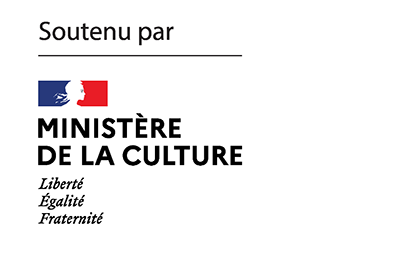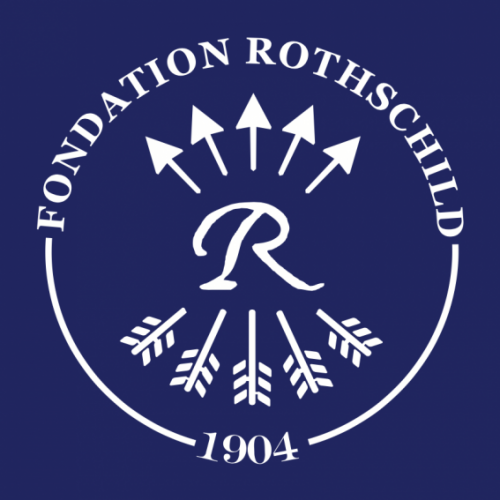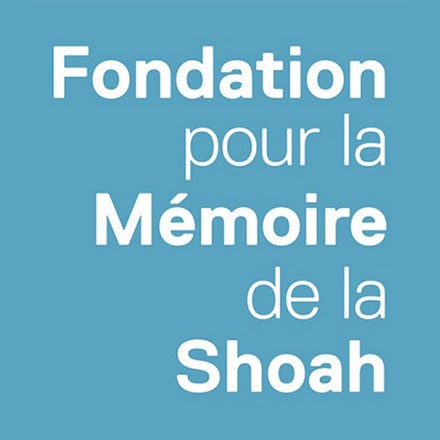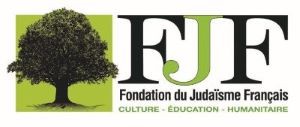For several years now, there have been widespread attempts in Poland to instrumentalize the history of the Holocaust in favor of a glorifying narrative driven by Polish nationalism and relayed to the highest spheres of political authority. This impulse to rewrite, which we have mentioned several times in K. (see Ewa Tartakowsky’s “The Polish “Righteous Among the Nations” in Markowa” or “Jewishness and Nationalism: the Polish kaleidoscope. An interview with Geneviève Zubrzycki”), is expressed in particular by a militancy that is relentless on online content dealing with the history of the Second World War, especially on Wikipedia. Jan Grabowski and Shira Klein, in a study published this year – “Wikipedia’s Intentional Distortion of the History of the Holocaust” (The Journal of Holocaust Research) – analyze the practices of certain Wikipedians (those volunteers contributing to the editing of the open encyclopedia) who minimize, omit or even deny historical facts. These include, first and foremost, facts that call into question the image of a victimized and heroic Poland, populated by the righteous who saved Jews during the war. Ewa Tartakowsky spoke to the two historians.
Since season 2 of Kulüp [The Club] has been available on Netflix since September 15, we’re republishing the text we previously published on the Turkish Jewish community.There were 100,000 Turkish Jews at the beginning of the century, but now there are only 10,000. One of the last Jewish communities in the Muslim world, faced with new challenges, seems to be on the verge of collapse. François Azar looks back at the history of a minority that has traditionally cultivated kayadez (discretion in the public space) but that plans to make itself more visible in Turkish society.
This week, we also take a look back at our dossier published last week on the open letter entitled “The Elephant in the Room”. It was launched in mid-August to “[draw] attention to the direct link between Israel’s recent attack on the judiciary and its illegal occupation of millions of Palestinians in the Occupied Palestinian Territories.” Signed to date by just over 2,800 people – most of them academics (including eminent figures in Jewish history research) and personalities from Israel or the American diaspora – it has the dual characteristic of describing Israel as an “apartheid regime” and of bringing together signatories who, in general, disagree on this characterization. K. wonders about the meaning of this large-scale movement.






